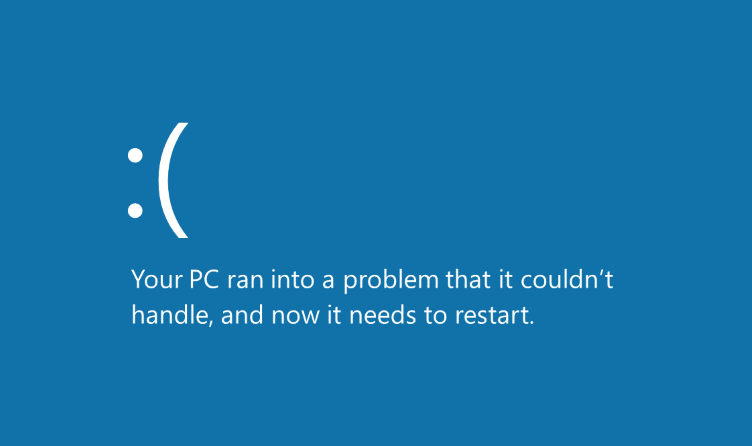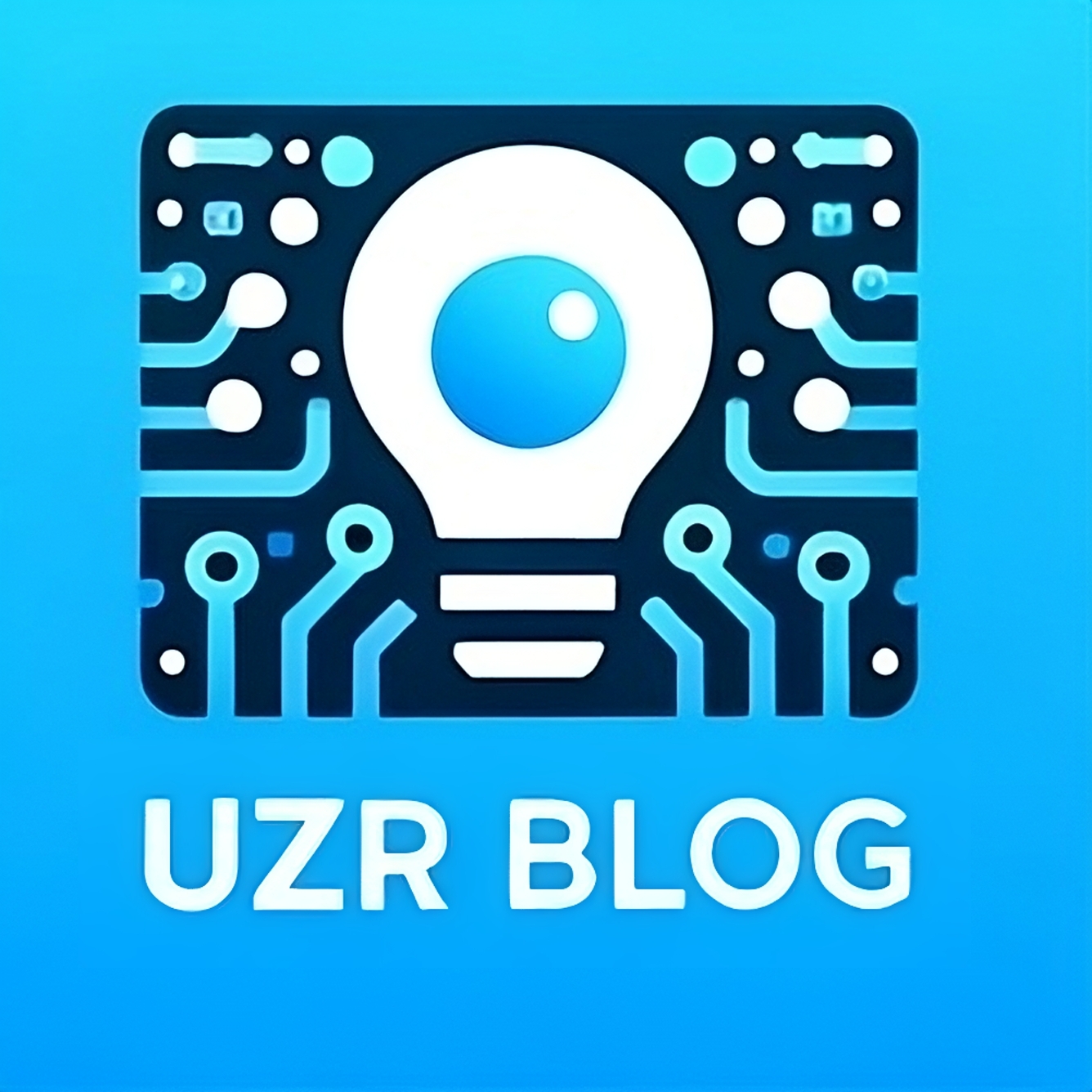In recent news, Microsoft around worldwide experience an extensive tech disruption, Microsoft users are encountering an error screen known as the “blue screen of death.”
An update from cybersecurity company CrowdStrike affected the massive American tech company, causing a significant IT disruption. Numerous other companies have also been impacted.
Above are the brief overview of the latest Microsoft outage today in this blog post we will delve into the details of this outage, exploring what the “Blue Screen of Death” is, the events leading up to the outage, its implications, and the steps Microsoft is taking to resolve the issue.
What is the “Blue Screen of Death”?

The blue screen of death, or BSOD, was initially made available to Windows 3.0 users by Microsoft in 1993. For those who are interested in technical details, a stop error is the official term for the blue screen of death. It is exactly what it sounds like: a serious mistake that has led to the Windows Operating system crashing.
The outage:
A major tech disruption swept across the globe on July 19, The issue arose from a CrowdStrike software upgrade that affected their Falcon sensor security program for Windows. Widespread “blue screens of death,” or the dreaded Windows error screens, were caused by this upgrade. As critical services for both individuals and enterprises were severely disrupted by a broad Microsoft outage. The several-hour-long outage sent shockwaves through a number of industries, resulting in major delays, cancellations, and discontent.
Causes of the outage:
A massive outage was caused by what was supposed to be a routine update from the cybersecurity company CrowdStrike. A regular software update on Friday set off a chain reaction of mayhem that affected every major global organization, including banks, airlines, retail stores, and police enforcement.
All of this is the result of a “buggy” security upgrade to Falcon, an antivirus program that guards Microsoft Windows devices from online threats.
Falcon’s parent firm, CrowdStrike, has stated that it is “not a security incident or cyberattack” while “actively working with customers” who are impacted.
Impact of the outage:
On Individual Users
For individual users, the BSODs caused significant inconvenience, disrupting daily activities such as work, communication, and entertainment. Many users reported losing unsaved data due to the sudden crashes, leading to frustration and potential data recovery costs.
On Enterprises
The impact on enterprises was even more pronounced. Businesses relying on Windows-based systems for their operations faced downtime, affecting productivity and service delivery. In some cases, critical systems in sectors like healthcare, finance, and logistics experienced interruptions, highlighting the widespread ramifications of the outage.
Microsoft’s response:
Here are the several responses that Microsoft stated in official Microsoft blog post:
“Our focus is providing customers with technical guidance and support to safely bring disrupted systems back online.” (by Microsoft office)
Steps taken have included:
- Engaging with CrowdStrike to automate their work on developing a solution. CrowdStrike has recommended a workaround to address this issue and has also issued a public statement. Instructions to remedy the situation on Windows endpoints were posted on the Windows Message Center.
- Deploying hundreds of Microsoft engineers and experts to work directly with customers to restore services.
- Collaborating with other cloud providers and stakeholders, including Google Cloud Platform (GCP) and Amazon Web Services (AWS), to share awareness on the state of impact we are each seeing across the industry and inform ongoing conversations with CrowdStrike and customers.
Hence, to prevent similar issues from arising, Microsoft has announced plans to enhance its testing and validation processes for updates. This includes more rigorous compatibility testing with a broader range of hardware configurations and increased collaboration with hardware manufacturers.
Conclusion:
By the latest Microsoft outage various companies and workplaces including banks, airlines, retail stores, etc. face different challenges and problems. Hence it made a significant disruption.
All of this is the result of a “buggy” security upgrade to Falcon, an antivirus program that guards Microsoft Windows devices from online threats. To resolve this issue Microsoft immediately provide response to their customers by offering help and guidelines for Microsoft users.

















